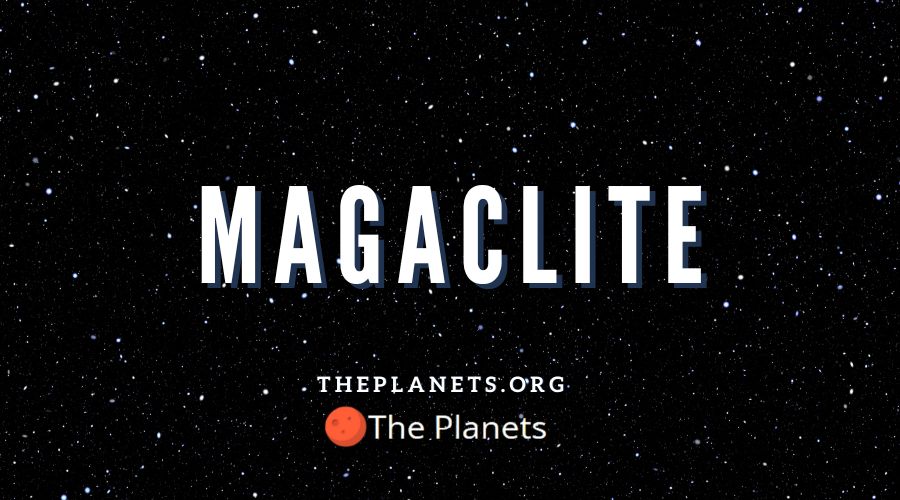
Who discovered Magaclite?
Among the many problems facing the astronomers who have been intent on exploring the rings of Jupiter and the moons found within is that of blurred images beamed back from robotic orbiters dispatched to the largest planet in our solar system. At the start of the 21st-century, a team of astronomers and researchers from the University of Hawaii headed by Scott S. Shephard began exploring the moons that were believed to litter the orbit of Jupiter. The moon Magaclite was initially identified in the year 2000 by the team based at the University of Hawaii’s Mauna Kae Observatory.
How big is the Magaclite moon?
The moon, Magaclite is one of the larger moons of Jupiter discovered by the team headed by Scott S. Shepherd with a diameter of just over three miles. The color of Magaclite is a light red to gray similar to the other members of the Pasiphae group of moons around Jupiter.
The orbit of Magaclite
The orbit of the moon Magaclite has been calculated as being around 15 million miles from the surface of Jupiter. The orbit of Magaclite is retrograde, meaning the moon spins in the opposite direction to the direction Jupiter spins in as it moves around the Sun. The orbit of Magaclite is eccentric, which means it is oval-shaped instead of circular with its distance to the surface of Jupiter changing as it moves closer and farther from the planet based on the effects of the sun and the tides of Jupiter. In total, a single orbit of Jupiter by Magaclite takes a little over 792 Earth Days to complete.
A member of the Pasiphae group of moons
The Pasiphae group of moons of Jupiter is thought to have originated from a single asteroid moving through space and being dragged into the orbit of Jupiter by its heavy gravitational pull. The theory of how Magaclite was created includes a major collision between the largest moon, Pasiphae and another celestial object either before or after it passed into the orbit of Jupiter or before. The object, Magaclite is the fourth-largest moon currently known in the Pasiphae group but this may change as the presence of the moon, Snope in this group is disputed.
The moon Magaclite is named after a character in Greek mythology
The tradition of naming the moons of Jupiter after the characters interacting with the Greek God, Zeus in ancient mythology was continued with Magaclite. This character was made a mother by Zeus in some stories and joins the other moons in being named after characters of ancient mythology. The moon received its official name in October 2002 and has also been known by the scientific names, S 2000/J8 and Jupiter XIX.